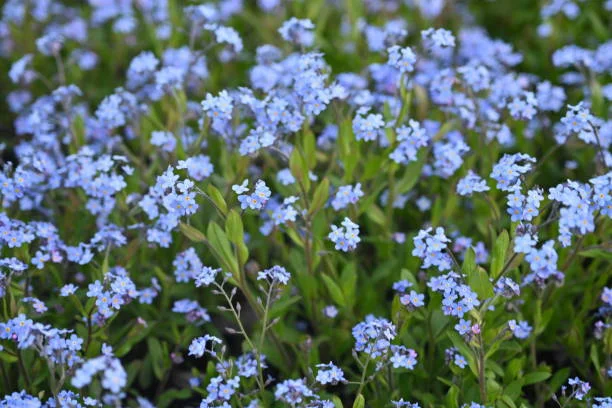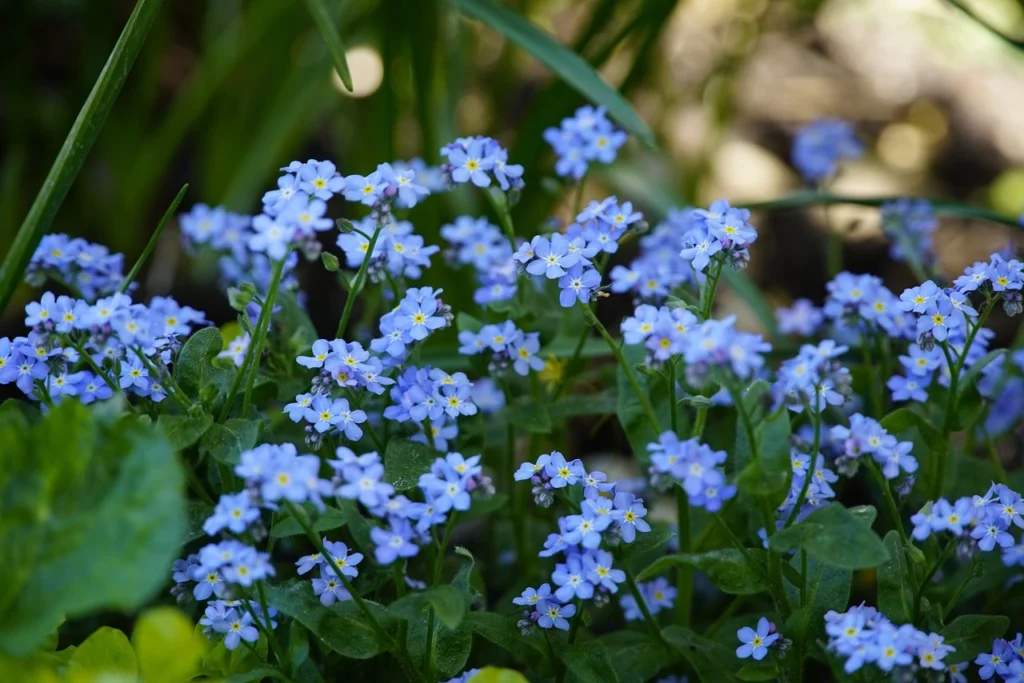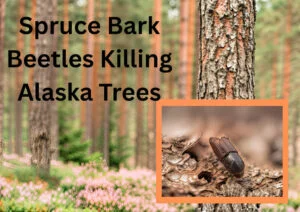Forget-me-not has a long and fascinating history that dates back thousands of years. (Myosotis alpestris) is a small but resilient flower beloved by Indigenous communities and early settlers. This delicate flower was first introduced to the state by Native American tribes, who, throughout history, cherished its vibrant blue petals and hardy nature.

Historical Significance of the State Flower
As an Alpine flower, it has been an integral part of Native American traditions for thousands of years. It plays a significant role in various aspects of history of indigenous culture. In traditional medicine, its flowers treat cough and fever, and its leaves and stems are used as a food source. Beyond its practical uses, it holds profound symbolic meaning, representing loyalty and remembrance in ceremonial rituals and everyday life. Its importance extended beyond utility, embodying the values and beliefs of indigenous communities throughout history.

Early Settlement and Territorial Status
In 1907, the flower became the official state symbol, marking an essential moment in the history of cultural heritage. Even before it attained statehood, it was officially chosen as the state flower on April 28, 1917. Forget-Me-Not’s regal grandeur and cultural significance deeply affected Alaskan citizens, motivating them to select its cultural relevance.

Official History of the Forget-Me-Not’s Designation
When statehood was gained in 1959, it was formally adopted as the state flower, solidifying its history and symbolizing love, loyalty, and the unbreakable bonds between people and the land.
Conclusion
The Forget-me-not is more than just a flower, a connection to past, present, and future history. Its delicate petals hold the stories of Indigenous communities, early settlers’ resilience, and the wild’s beauty. It symbolizes the unbreakable bond between nature and humanity. It reminds us that beauty and strength can thrive even in the harshest environments.










